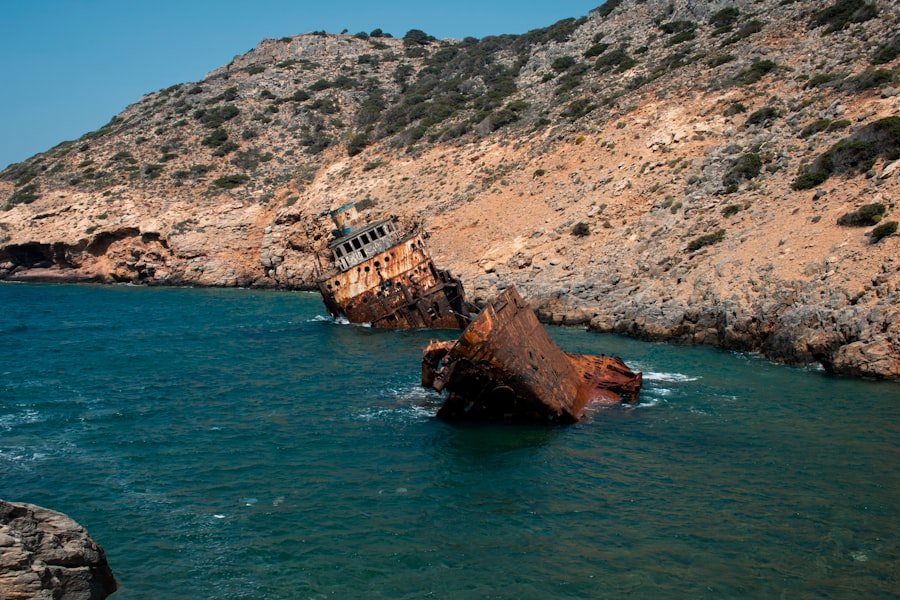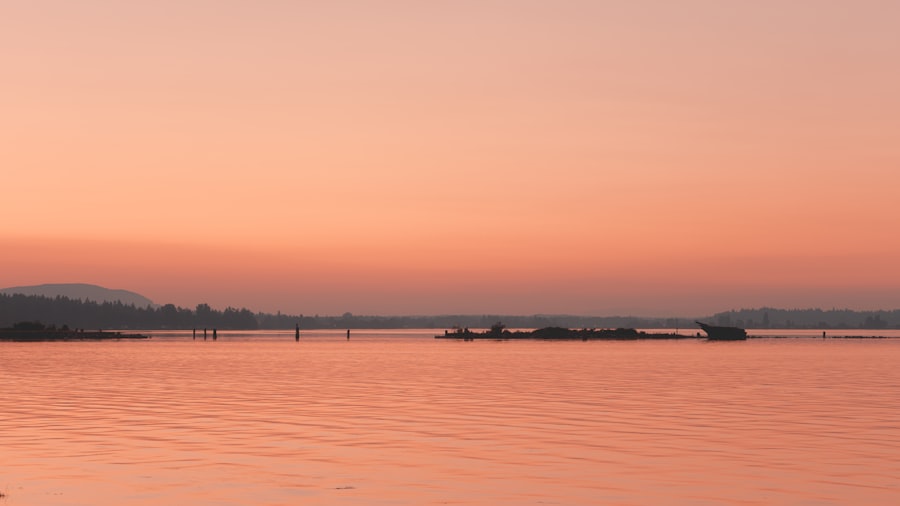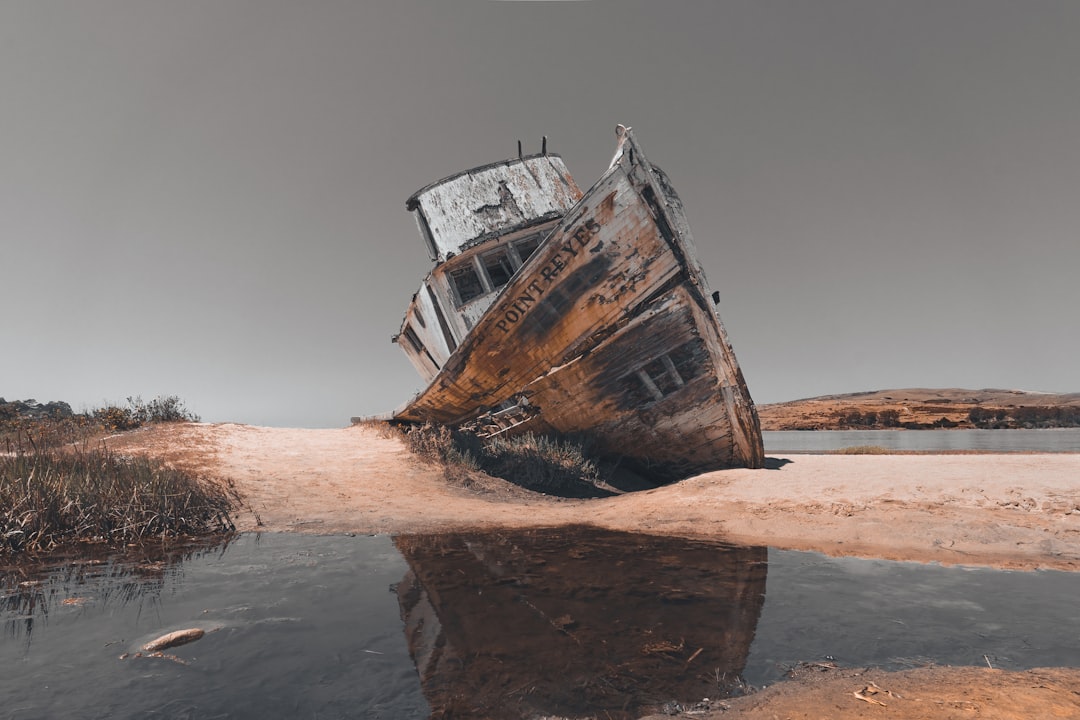The Drake Passage, a body of water located between the southern tip of South America and Antarctica, is renowned for its tumultuous seas and unpredictable weather patterns. Spanning approximately 600 kilometers (370 miles) in width, it serves as a critical maritime route for vessels traveling to and from the Antarctic region. Named after the English explorer Sir Francis Drake, who navigated these waters in the late 16th century, the passage has become synonymous with both adventure and peril.
Its strategic importance cannot be overstated, as it connects the Atlantic and Pacific Oceans, facilitating not only commercial shipping but also scientific expeditions to the icy continent. Navigating the Drake Passage is often considered a rite of passage for sailors and adventurers alike. The allure of its breathtaking landscapes, teeming wildlife, and the promise of exploration draws many to its shores.
However, the passage is equally infamous for its harsh conditions, which can turn a routine journey into a harrowing experience. Understanding the complexities of this waterway is essential for anyone who dares to traverse its depths, as it has claimed numerous vessels throughout history, leaving behind a legacy of shipwrecks and tales of survival.
Key Takeaways
- The Drake Passage is a treacherous body of water located between South America’s Cape Horn and the South Shetland Islands of Antarctica.
- Historical shipwrecks in the Drake Passage serve as a reminder of the dangerous conditions and challenging navigation in this area.
- The Drake Passage is known for its unpredictable weather, strong winds, and rough seas, making it one of the most challenging maritime routes in the world.
- Notable shipwrecks in the Drake Passage include the SS America, the Lady Elizabeth, and the Endurance, each with its own story of tragedy and survival.
- Shipwrecks in the Drake Passage can have a significant impact on the environment, leading to oil spills, debris, and damage to marine ecosystems.
Historical shipwrecks in the Drake Passage
The Drake Passage has a storied history marked by numerous shipwrecks that serve as a testament to its treacherous nature. One of the earliest recorded incidents occurred in 1700 when the Spanish galleon San Telmo sank during a violent storm. This shipwreck not only highlighted the dangers of navigating these waters but also underscored the importance of maritime safety in an era when technology was rudimentary at best.
The loss of the San Telmo and its crew became a cautionary tale for future mariners, emphasizing the need for vigilance and preparedness. As time progressed, more vessels met their fate in the Drake Passage. The 19th century saw an increase in maritime activity due to the gold rushes in California and Alaska, leading to a surge in shipping traffic through these perilous waters.
The tragic sinking of the whaling ship Essex in 1820, after being rammed by a sperm whale, is one such example that illustrates the unpredictable nature of the passage. The crew’s harrowing struggle for survival against the elements and their eventual rescue became legendary, further cementing the Drake Passage’s reputation as a site of both adventure and tragedy.
The treacherous conditions of the Drake Passage

The conditions within the Drake Passage are notoriously treacherous, characterized by strong currents, high winds, and rapidly changing weather patterns. The confluence of the Atlantic and Pacific Oceans creates a unique environment where waves can reach staggering heights, often exceeding 30 feet during storms. This phenomenon is exacerbated by the absence of landmasses to break up the swells, resulting in an unrelenting expanse of open water that can challenge even the most seasoned sailors.
Moreover, fog and icebergs present additional hazards for vessels navigating these waters. The unpredictable nature of weather patterns can lead to sudden storms that catch mariners off guard, making it imperative for crews to remain vigilant at all times. The combination of these factors creates an environment where even well-equipped ships can find themselves in perilous situations, underscoring the need for thorough preparation and respect for the power of nature.
Notable shipwrecks in the Drake Passage
| Ship Name | Date of Wreck | Cause of Wreck | Location |
|---|---|---|---|
| SS Isla Desolación | 1915 | Iceberg collision | Drake Passage |
| SS Admiral Nakhimov | 1986 | Collision with another ship | Drake Passage |
| SS Monte Cervantes | 1930 | Struck a rock | Drake Passage |
Among the many shipwrecks that have occurred in the Drake Passage, a few stand out due to their historical significance and dramatic narratives. One such incident is the sinking of the SS Bounty in 1789, which became famous not only for its tragic end but also for its connection to mutiny and rebellion on the high seas. The ship was ultimately lost in a storm while attempting to navigate through these treacherous waters, leaving behind a legacy that would inspire countless stories and adaptations over the years.
Another notable wreck is that of the MV Explorer in 2007, which was carrying tourists on an Antarctic cruise when it struck an iceberg. The vessel sank rapidly, but thanks to the quick actions of the crew and passengers, all aboard were safely evacuated. This incident served as a stark reminder of the dangers inherent in polar tourism and prompted discussions about safety regulations and emergency preparedness for vessels operating in such extreme environments.
The impact of shipwrecks on the environment
Shipwrecks in the Drake Passage have far-reaching implications beyond human tragedy; they also pose significant environmental challenges. When vessels sink, they can release harmful substances into the surrounding waters, including fuel oil, cargo materials, and hazardous waste. These pollutants can have devastating effects on marine ecosystems, threatening wildlife populations and disrupting delicate habitats.
Additionally, shipwrecks can create artificial reefs that may attract marine life but can also lead to ecological imbalances. While some species may thrive in these new environments, others may suffer due to changes in food availability or habitat destruction. The long-term consequences of such incidents highlight the need for careful consideration of environmental impacts when navigating these waters and underscore the importance of implementing effective response strategies to mitigate damage.
Strategies for safe navigation through the Drake Passage

To navigate the Drake Passage safely, mariners must employ a variety of strategies that prioritize preparation and adaptability. One crucial approach is thorough route planning, which involves studying weather patterns, ocean currents, and potential hazards before embarking on a journey. Utilizing advanced meteorological tools and satellite technology can provide valuable insights into real-time conditions, allowing crews to make informed decisions about their course.
Sharing information about weather updates or navigational challenges can help create a collaborative environment where sailors support one another in overcoming obstacles. Furthermore, conducting regular drills and training exercises can prepare crews for emergencies, ensuring they are equipped to respond effectively should unexpected situations arise.
The role of technology in navigating the Drake Passage
Technology plays an increasingly vital role in enhancing navigation through the Drake Passage. Modern vessels are equipped with sophisticated navigation systems that utilize GPS technology, radar, and sonar to provide real-time data about surrounding conditions. These advancements allow crews to monitor their position accurately and detect potential hazards well in advance.
Moreover, weather forecasting technology has improved significantly over recent years, enabling mariners to access detailed information about impending storms or changes in sea conditions. This data empowers crews to make timely decisions regarding their routes or adjust their sailing strategies accordingly. As technology continues to evolve, it holds great promise for improving safety and efficiency in navigating this challenging waterway.
Lessons learned from past shipwrecks in the Drake Passage
The history of shipwrecks in the Drake Passage offers valuable lessons that can inform future navigation practices. One key takeaway is the importance of respecting nature’s power; many incidents have occurred due to underestimating weather conditions or failing to heed warnings from experienced mariners. Acknowledging that even well-prepared vessels can encounter unforeseen challenges is crucial for fostering a culture of safety among sailors.
Additionally, past shipwrecks have underscored the necessity of comprehensive training for crew members. Ensuring that all personnel are well-versed in emergency protocols and equipped with survival skills can make a significant difference during crises. By learning from previous tragedies and implementing best practices based on those experiences, mariners can enhance their chances of navigating safely through this formidable passage.
The importance of experienced crew and captains in navigating the Drake Passage
The role of experienced crew members and captains cannot be overstated when it comes to navigating the Drake Passage successfully. Skilled mariners possess not only technical knowledge but also an intuitive understanding of how to respond to changing conditions at sea. Their ability to make quick decisions based on experience can be invaluable during moments of crisis.
Furthermore, fostering teamwork among crew members is essential for maintaining safety onboard. Experienced captains often emphasize clear communication and collaboration among their teams, ensuring that everyone understands their roles during challenging situations. This cohesive approach can significantly enhance a vessel’s ability to navigate safely through treacherous waters.
The future of navigation through the Drake Passage
As maritime technology continues to advance, the future of navigation through the Drake Passage looks promising yet challenging. Innovations such as autonomous vessels and enhanced communication systems may revolutionize how ships traverse these waters. However, with increased traffic comes heightened responsibility; ensuring that safety protocols keep pace with technological advancements will be crucial.
Moreover, ongoing research into environmental impacts will play a vital role in shaping future navigation practices. As awareness grows regarding climate change and its effects on polar regions, mariners must adapt their strategies accordingly to minimize ecological footprints while still facilitating exploration and commerce.
Navigating the Drake Passage safely
Navigating the Drake Passage remains an endeavor fraught with challenges but also rich with opportunities for exploration and discovery. By learning from historical shipwrecks and embracing modern technology, mariners can enhance their safety while traversing this formidable waterway. The importance of experienced crews and effective communication cannot be overstated; they are essential components in ensuring successful navigation through these treacherous waters.
As sailors continue to brave the elements in pursuit of adventure or commerce, it is imperative that they remain vigilant and respectful of nature’s power. With careful planning, ongoing training, and a commitment to environmental stewardship, navigating the Drake Passage can be accomplished safely while preserving its beauty for generations to come.
The Drake Passage, known for its treacherous waters and numerous shipwrecks, has long been a subject of fascination for maritime historians and adventurers alike.
For those interested in exploring more about the geographical and historical significance of such maritime routes, a related article can be found on MyGeoQuest. This article delves into various geographical quests and adventures, offering a broader context to the Drake Passage’s maritime history. You can read more about it by visiting MyGeoQuest.
WATCH NOW! Drake Passage: Earth’s Deadliest Waters Revealed
FAQs
What is the Drake Passage?
The Drake Passage is the body of water between the southern tip of South America and the northern tip of the Antarctic Peninsula. It is known for its rough seas and challenging sailing conditions.
What are Drake Passage shipwrecks?
Drake Passage shipwrecks refer to the numerous vessels that have met their demise in the treacherous waters of the Drake Passage. These shipwrecks are a result of the region’s unpredictable weather, strong winds, and rough seas.
Is there a map of Drake Passage shipwrecks?
Yes, there are maps available that show the locations of known shipwrecks in the Drake Passage. These maps are used by researchers, historians, and navigators to study the maritime history of the region and to navigate the waters safely.
Why are there so many shipwrecks in the Drake Passage?
The Drake Passage is notorious for its challenging sailing conditions, including strong winds, high waves, and unpredictable weather. These factors have contributed to numerous shipwrecks over the years.
Are there any efforts to prevent future shipwrecks in the Drake Passage?
Efforts are ongoing to improve navigation and safety in the Drake Passage. This includes advancements in technology, improved weather forecasting, and better navigational aids to help ships safely navigate the waters.
